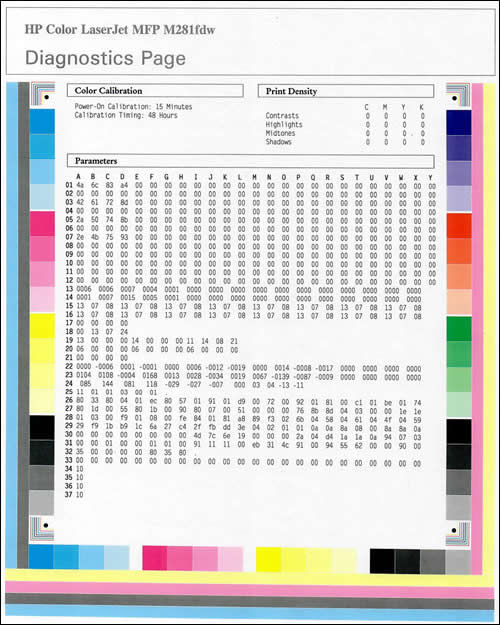


As a result, the cost-per-print measure becomes more important for a printer the more you expect to print and the longer you plan on keeping it. Given two ink or toner cartridges that cost the same upfront, the one used in the printer that yields more pages before running out has a lower cost-per-print - meaning you spend less for each page you print. The cost-per-print metric is an important factor that helps determine the efficiency of the printer. More obvious ones include how much of the page is covered in text or images however, there are also subtler considerations, like how often you need to run print head cleaning tasks, which go hand in hand with other maintenance costs you'll need to pay for. If you want to reduce the cost of each printed page, there are a few variables to consider. You can likely attribute these steep costs to a common business model: sell the printer itself at a low price, and make up the profit through selling replacement cartridges. Paying for printer ink can quickly get expensive. As a result, if affordably printing many pages is of utmost importance to you, you may want to look into the cost-per-print before making a purchase.

Depending on the type of printer you choose and how often you use it, you might even find yourself quickly paying for the price of the printer itself in replacement cartridges. Whether you mainly print photos, black-and-white documents, or color documents, it's good to know how many pages you can expect your printer to produce, given the price of its cartridges. When buying a printer, an important characteristic to consider is how much each page typically costs to print.


 0 kommentar(er)
0 kommentar(er)
